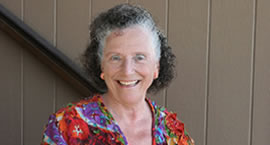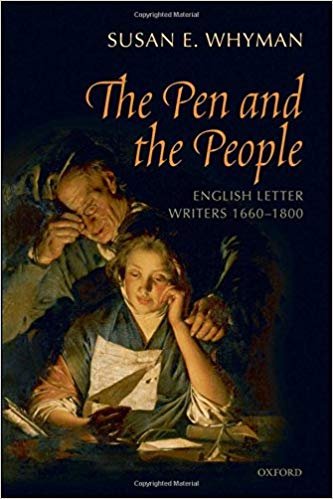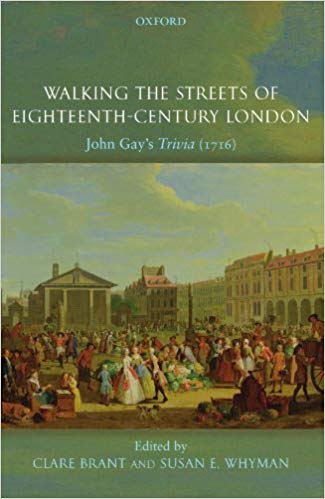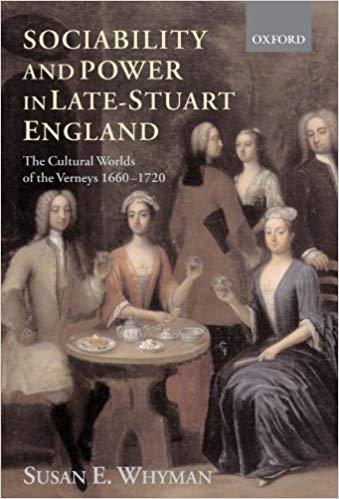Reading, Society and Politics in Early Modern England. By Kevin Sharpe and Steven Zwicker, eds.
Cambridge: Cambridge University Press, 2003. $70.00. ISBN0-521-82434-6
Review by
Susan E. Whyman
The search for the elusive early modern reader has absorbed scholars across the humanities in a game of ‘hide and seek’. Two bold and knowing guides, Kevin Sharpe and Steven Zwicker have pioneered this search. In 1987, they issued directions for an interdisciplinary journey that would revolutionize the way we construct political culture by subjecting literary texts to historical analysis. At points along the way they sought theoretical inputs from deconstruction, the new bibliography, history of the book, and social history. This third book of essays maintains that the meaning of texts lies with independent readers who negotiate authority in a never-ending series of readings and interpretations. A primary goal is to reveal ‘the power and centrality of the reader’ (3), who has ‘somewhat surprisingly’ been ‘neglected’.(8).
As companions on this journey, the editors assembled a stellar list of mainly literary critics, who write with verve, wit, and high standards of scholarship. This review asks two questions from the point of view of a historian: Is it possible to construct an interdisciplinary pathway that discovers a variety of readers experiencing texts? Are we looking behind the right trees in the right forests for signs of their engagement?
The essays in this volume demonstrate the field’s successes. They agree that meaning is not simply an authorial act, but the work of editors, printers, booksellers, and especially readers. Seth Lerer and Richard Wendorf link accidentals of production to broad cultural changes. Lerer’s analysis of lists of errata opens windows into censorship practices. Wendorf describes the abandonment of capital letters as pages grew uniform and readers needed fewer typographical aids. This was part of a larger rationalization of knowledge that included Johnson’s dictionary and the continental calendar.
The different effects of a text’s stages are shown in David Kastan’s answer to why Parliament allowed reading of play books, while it closed theatres. Closure was more a pragmatic response to public discontent than to Puritan ideology. Adrian Johns demonstrates how the Royal Society developed distinctive cycles of writing, printing, and reading. The ability of texts to speak to each other over time is another theme. Joseph Lowenstein shows how Ben Jonson’s ideas about the changing literary market place were linked to his reading of Martial. Kirstie McClure turns Locke’s motives and sources for his Essay on Government on their head, stressing the impact of earlier narrative genres. Michael Schoenfeldt depicts the reader ingesting texts, but questions why bodies and politics were read in conjunction with each other.
The way that unstable texts produce multiple interpretations is illustrated by Sharpe. Widely divergent treatments of the Book of Revelation from the sixteenth to the eighteenth centuries show the power of independent readers to assert authority over texts. For Sharpe, the history of England is a succession of contested political acts of reading and interpretation.
It would be too much to ask for social contextualization of Sharpe’s daring tour-de-force. Yet the book generally bears fewer footprints of social history than its introduction anticipates. Nor do we find the different types of readers that an age of increased literacy should reveal. Although readers were drivers of changing tastes, the books focuses on the supply side of the market. We learn a lot about texts but less about actual readers, who are mainly elite males.
The sole essay about women is Heidi Hackel’s study of female silence. She sees reading restrictions and lack of marginalia as proofs that women were conditioned to become passive readers. Hackel cites Nancy Denton’s educational deprivation as a typical case, but Nancy’s phonetic spelling did not stop her from reading and writing assertively. She is the only correspondent in the Verney letters to question the head of the family about his sex life. Portraits of women readers make Hackel wonder about low estimates of female literacy. Since writing was taught separately from reading and often denied to girls, women and non-elite readers vanish from statistics based on name signing. As Hackel suggests, it is time to look for traces of reading in different places. The Perdita database of unknown women writers is one example.
One barrier to finding non-elite readers is our unsatisfactory knowledge about literacy—a fact mentioned throughout the book. Oddly literacy, a precondition of reading, has contributed little to its history. We need to redefine literacy imaginatively as a spectrum of skills driven by a range of motives with infinite gradations and places of learning, not necessarily licensed schools. Reading skills were informally nurtured by mothers, oral readers, makeshift schools, village brokers, scribes, notaries and clergymen. Factors such as economics, religion, occupations, and interactions with other readers should be reassessed. We must reconsider why teaching reading was a contentious issue and look for trades, contacts, and arenas where it was privately permitted or necessary, such as in dissenting families.
A neglected source for locating non-elite readers is unpublished family papers in local record offices, especially in the north. They indicate that reading and writing extended lower down the social scale than imagined. New on-line catalogues reveal family archives with combinations of documents close to the reading process: correspondence, journals, diaries, commonplace books, thumb-worn copy books, reading primers, writing exercises, inventories, and financial accounts. Generations of individuals continually reread these documents. They left clues about reading in the form of marginalia, comments, and succinct docketing of contents. We see that records were interpreted as reading progressed and that family papers tell a story that is part history, part literature.
Searchable full text databases can also be used to link writing to reading when book ownership is known. Phrases and language in personal writing can be input into search engines with surprising results. Admittedly, evidence is more prevalent for the period after the Restoration, but Renaissance scholars are profiting from imaginative alternatives.
Joad Raymond’s thoughtful essay on reading news best embodies the approach outlined above. He shows how social elements shaped experiences of non-elite readers using a combination of printed and manuscript sources. This strategy allows him to uncover emotional responses and produce an affective model of reading, in contrast to utilitarian patterns of scholarly readers.
The search for one overarching model has foundered in the wake of case studies that challenge narratives of a shift from script to print, intensive to extensive reading, or state control to personal freedom. Zwicker’s essay presents another model: a shift from the active polemical scholar engaging with texts, to the lonely, leisured, passive reader of the eighteenth century. This is one way of looking at an admittedly seismic shift. It might also be argued that later readers were more varied and that reading became more social when towns offered access to newspapers, periodicals, books shops, circulating libraries, literary clubs and associations. Declining readerly inscriptions like marginalia may have been transferred to accounts of reading in correspondence, letters to periodicals, contributions to review journals, and reading aloud novels of Richardson and Rousseau to weeping listeners. We need new ways to discuss how a range of ‘active’ and ‘passive’ readers read texts in an age of sensibility. Zwicker’s forthcoming book on this topic is eagerly awaited.
Is it possible to construct an interdisciplinary pathway that discovers a wide range of readers experiencing texts? Interdisciplinary approaches are difficult even when evidence is ample. Although we cannot enter the minds of past readers, we can compare case studies of real individuals in specific contexts. Sharpe’s brilliant study of William Drake demonstrates that it is possible to relate theory, reader, and text to broader issues of political culture. Real readers are waiting to be found, hiding behind cross-cultural trees in unfamiliar landscapes. We must try to restore readers’ power and centrality to the history of reading.





